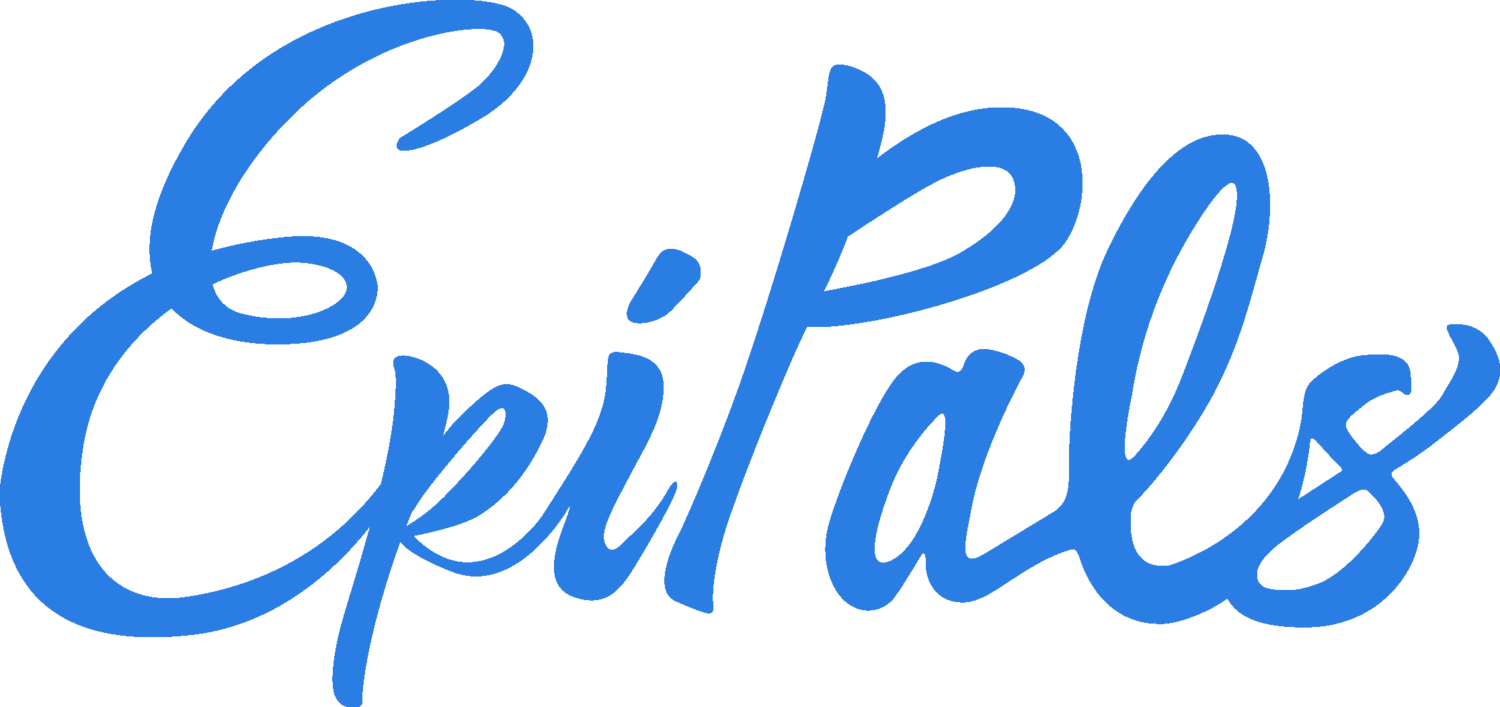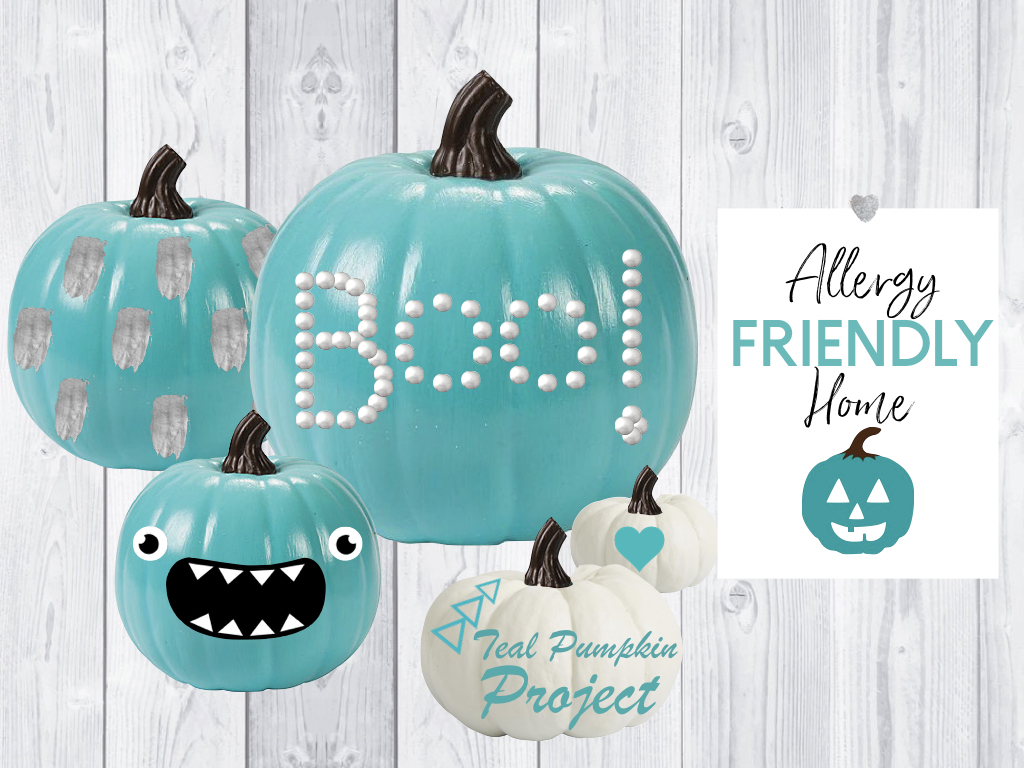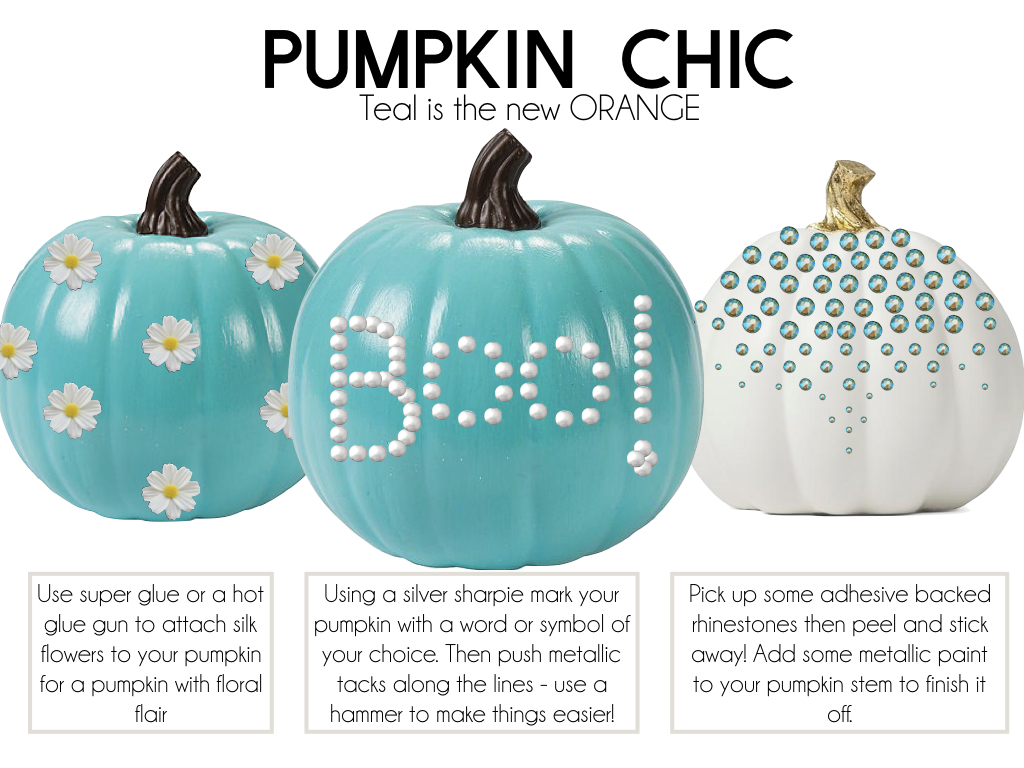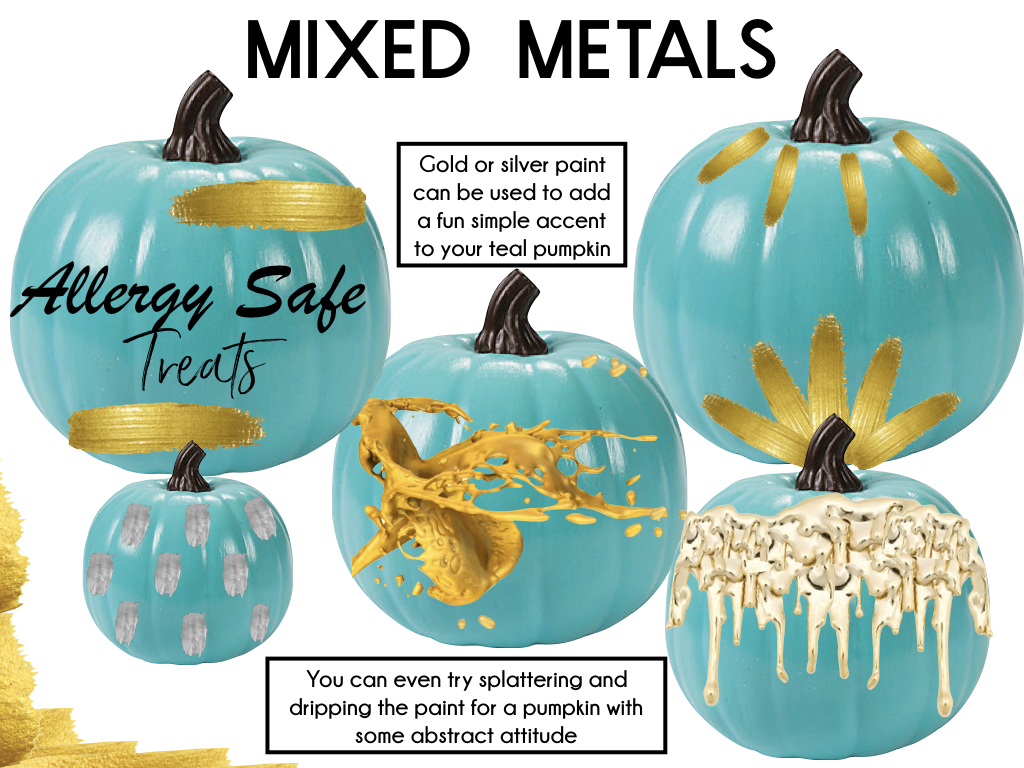Let’s Face It
It is safe to say that life has been interrupted over the last six months, for everyone. From professionals transitioning to a work from home lifestyle, parents becoming at home teachers, and children being forced to stay inside and at home – no one can deny that there is definitely a “new normal” and significant changes in our everyday routines.
What hasn’t changed however, are the risks associated with food allergies. The medical need for emergency care is still very real. Allergy education and emergency treatment simply cannot be placed on “hold”.
What has Changed?
Access to Medical Care:
There is currently growing concern from parents to even bring their child into an emergency room or medical office – which could result in untreated food allergy reactions that would potentially require the attention of physicians.
Food Shortages:
As households rush to the stores to stay stocked on essential groceries, there are many families who face shortages on their shelves – even more problematic for families dealing with restricted food allergy diets. Often times, for these families – there are no substitutions and it can be a life or death situation. If a food item contains one of eight types of foods – milk, fish, shellfish, eggs, peanuts, wheat, soybeans, tree nuts – they must declare it on the label (including cross contact). This does not include other food allergens (sesame, corn, etc.). In an already stressful situation, this pandemic has only heightened the stress and concern theseparents are facing while at the grocery store. There are however a few silver linings to the current pandemic.
The Positives – Provided by Children’s Hospital Los Angeles
Safer at Home:
“Medically, there are few silver linings to the current pandemic, but one is that due to quarantining, universally, our allergy patients have actually had improvement in their symptoms. This is especially true to our food allergy and asthma patients. This has been seen not only in our own clinic, but also there has been a dramatic decrease in bothhospitalizations and emergency department visits at CHLA due to asthma.”
At Home Cooking = Less Accidental Exposure
“In terms of food allergies, once again most of our patients are having less reactions. They are home cooking more and therefore in control of the ingredients, so there is less accidental exposure to foods they are trying to avoid. Since they are not going out to restaurants and not attending school in person, there is less accidental exposure from prepared meals and from sharing foods with friends.”
Social Benefits:
“Socially, our patients feel just as isolated as everyone else. However, since they are not attending school, there is less potential for feeling different and social isolation (e.g. sitting at a special food allergy table), or for food allergy-related bullying.”
What steps can You Take?
Telehealth
Many patients are nervous about going to Doctors office, whether it’s for a routine check-up or new condition. Telehealth may be a good option if you have questions for your doctor, need monitoring, or you simply aren’t sure if you are experiencing non-severe allergy symptoms. This will save you time, anxiety, and possible exposure to COVID-19. If you are having any type of medical emergency, you should still plan to visit the ER as soon as possible or call 911.
Ordering from a restaurant online? Call and confirm, then confirm again.
You might find it helpful to speak to the chef or manager. When you get your food, ask again to make sure your dietary needs have been carefully and properly managed.
Take advantage of special store hours:
If you are planning to shop in store, many stores are now offering special hours for those that are elderly, sick, or have special dietary needs. Check in with your local store to check on special store hour options.
Plan your grocery list in advance:
Before hitting the supermarket, check online for availability for certain products. This will help reduce in store stress and increase efficiency! Be prepared to have back-up items in case certain foods are out of stock. Pro tip: Freeze your meals to help prepare for future item shortages!
Check your medications and RESTOCK:
Always check to make sure you have plenty of your required medication on hand (and that they aren’t expired). Review your allergy safety plan and ensure that you have EpiPens readily available for use.
Get creative:
Check out these allergy friendly recipes on the FAACT Pinterest site for some delicious inspiration!
This blog provides general information and discussion about medicine, health and related sub-
jects. The words and other content provided in this blog, and in any linked materials, are not
intended and should not be construed as medical advice. If the reader or any other person has a
medical concern, he or she should consult with an appropriately-licensed physician or other
health care worker. The views expressed on this blog and website have no relation to those of
any academic, hospital, practice or other institution with which the authors are affiliated.









